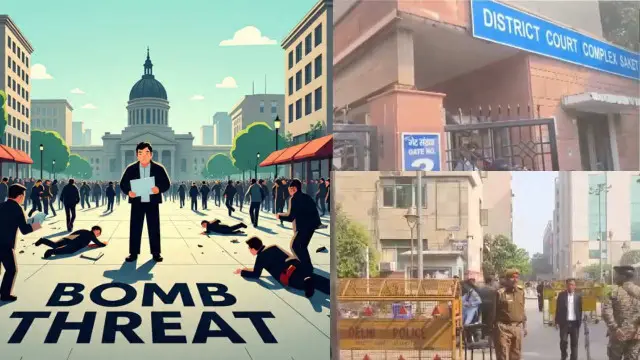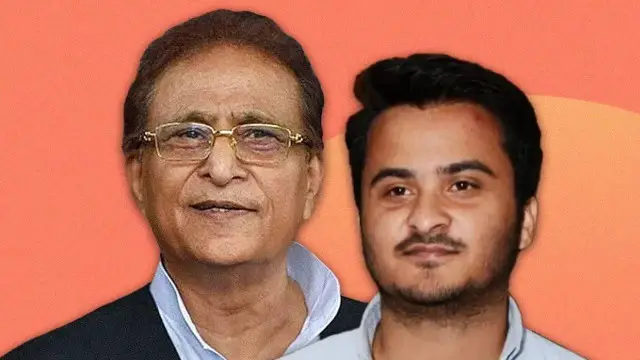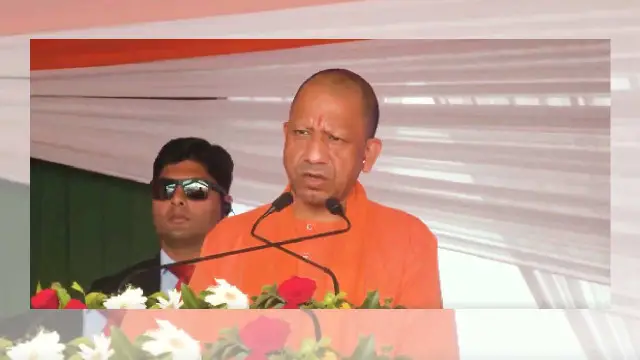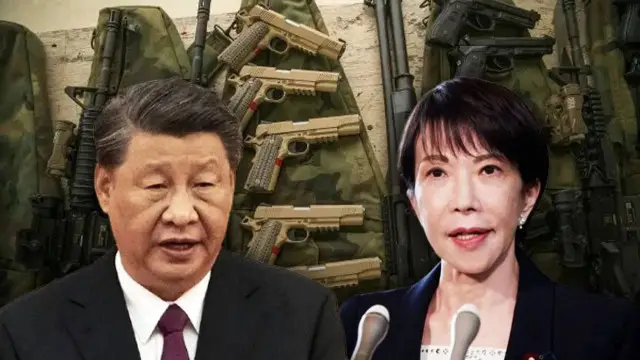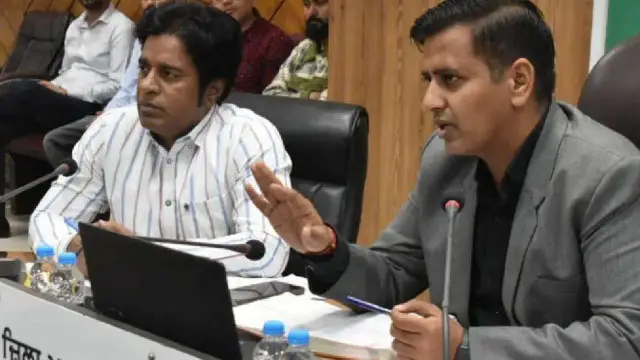Security Forces Kill Hidma Twelve Days Early Beating Amit Shahs Deadline Target
India’s most wanted Naxal commander Hidma was killed in an encounter in Andhra Pradesh jungles, 12 days before the target set by Home Minister Amit Shah, marking a major breakthrough.

Security forces launched a special operation in the jungle area of Alluri Sitarama Raju district, Andhra Pradesh. Hidma, along with five others including his wife, was surrounded during action. Despite tight escape routes, forces engaged directly and neutralised him successfully. As per sources, Home Minister Amit Shah had asked for Hidma’s elimination by 30 November 2025. Forces completed the task ahead of time. Officials say it proves operational efficiency and strong intel network. The encounter was swift and precise.
Why Was Hidma Considered Dangerous?
Born in 1981 in Sukma’s Puverti village, Hidma was believed to have led over 26 major attacks. He commanded PLGA Battalion No.1, considered the most active and violent Naxal unit in the region. His involvement in multiple ambushes made him India’s most feared extremist. Known for deep jungle warfare tactics, he was notoriously hard to trace. Experts say his tribal roots made him locally influential. Many officials believed his removal was crucial to breaking Naxal structure.
What Role Did Amit Shah Play?
Home Minister Amit Shah had reportedly instructed agencies to finish Hidma before 30 November 2025. This was part of a larger plan to eliminate Naxal presence nationwide by 31 March 2026. After his death was confirmed, Shah personally spoke to top officials. Sources said he appreciated the forces for early action. Shah’s directive pressured agencies to intensify operations. Officials described this as a strategically timed mission.
Did His Identity Remain A Mystery?
For years, agencies struggled to confirm Hidma’s exact appearance and age. Multiple reports gave conflicting details. It was only this year that a clear picture surfaced. Until then, he used dense forests and coded communication to avoid detection. His troop members reportedly shielded him fiercely. This made him nearly unreachable for ground units. Leadership secrecy allowed him to plan attacks without direct exposure.
Was This The ‘Last Nail’ Against Maoists?
Officials say Hidma’s death is being viewed as the "final nail in the coffin" of Naxal terror in Bastar. His influence had already reduced due to declining recruitment and improved surveillance. With key commanders eliminated, operations are expected to weaken further. Security forces believe his removal may cause internal disturbance among remaining groups. Experts say this could mark the beginning of Naxal downfall in central India.
How Strong Was His Position In PLGA?
Hidma not only led Battalion 1 but was also part of the central committee of the banned outfit. He had control over planning high-casualty attacks. Equipped with forest knowledge, he often coordinated ambushes from remote jungle locations. His battalion operated across Chhattisgarh, Andhra Pradesh, Telangana, Odisha and parts of Maharashtra. Officials confirm he could mobilise large-scale movements within hours. Many believed he was irreplaceable within the organisation.
How Will This Impact Future Operations?
Authorities expect a sharp decline in organised Naxal offensives now. Patrolling and anti-insurgency missions will continue to prevent regrouping. Forces are reviewing remaining targets before statewide clearance. Central agencies are now preparing for area development initiatives in affected districts. Experts predict reduced violence in tribal belts. The success has boosted confidence among ground personnel. This milestone could accelerate India's anti-Naxal campaign.




